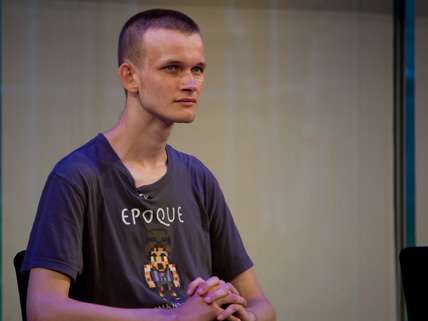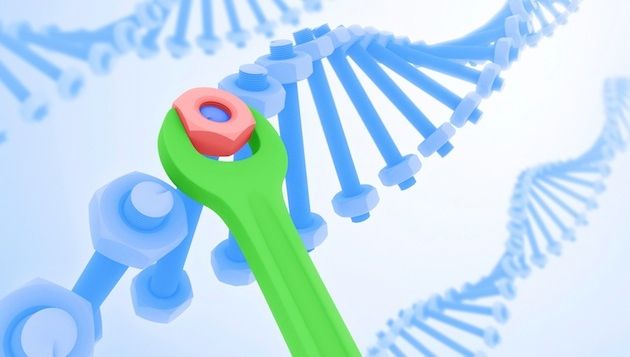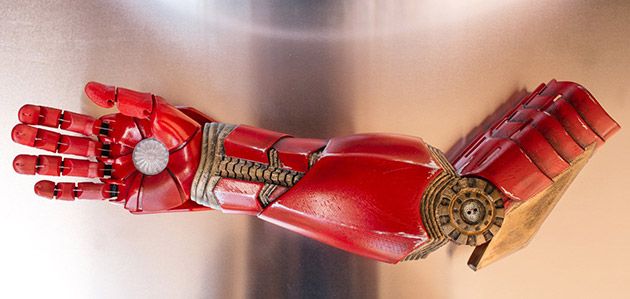Mar 21, 2015
Machine automatically assembles complex molecules at the microscopic level
Posted by Seb in category: nanotechnology
By Colin Jeffrey — Gizmag

The synthesis of complex small molecules in the laboratory is specialized and intricate work that is both difficult and time-consuming. Even highly-trained chemists can take many years to determine how to build each one, let alone discover and describe its functions. In an attempt to improve this situation, a team of chemists at the University of Illinois claim to have created a machine that is able to assemble a vast range of complex molecules at the push of a button.
A specific class of structures, complex small molecules are readily found in nature and are intrinsic to research in a wide range of scientific fields. In medicine, for example, many of the latest medications have been derived from the manipulation of small molecules. In the biological sciences, small molecules are often used to help reveal the interior mechanisms of tissues and cells. Even non-organic electronic technologies such as semiconductors, including solar cells and LEDs, require the creation and use of these miniature assemblies.
Read more
 Quoted: “Ethereum’s developers believe their project will lead to the proliferation of programs they call “smart contracts,” in which the terms of an agreement are written in code and enforced by software. These smart contracts could carry out the instructions of a complex algorithm based on data feed—such as a stock ticker. They could facilitate practically any financial transaction, such as holding money in escrow or dispersing micropayments among autonomous machines. They could be used to create a peer-to-peer gambling network, a peer-to-peer stock trading platform, a peer-to-peer social network, a prenuptial agreement, a will, a standard agreement to split a dinner check, or a public registry for keeping track of who owns what land in a city.
Quoted: “Ethereum’s developers believe their project will lead to the proliferation of programs they call “smart contracts,” in which the terms of an agreement are written in code and enforced by software. These smart contracts could carry out the instructions of a complex algorithm based on data feed—such as a stock ticker. They could facilitate practically any financial transaction, such as holding money in escrow or dispersing micropayments among autonomous machines. They could be used to create a peer-to-peer gambling network, a peer-to-peer stock trading platform, a peer-to-peer social network, a prenuptial agreement, a will, a standard agreement to split a dinner check, or a public registry for keeping track of who owns what land in a city.















